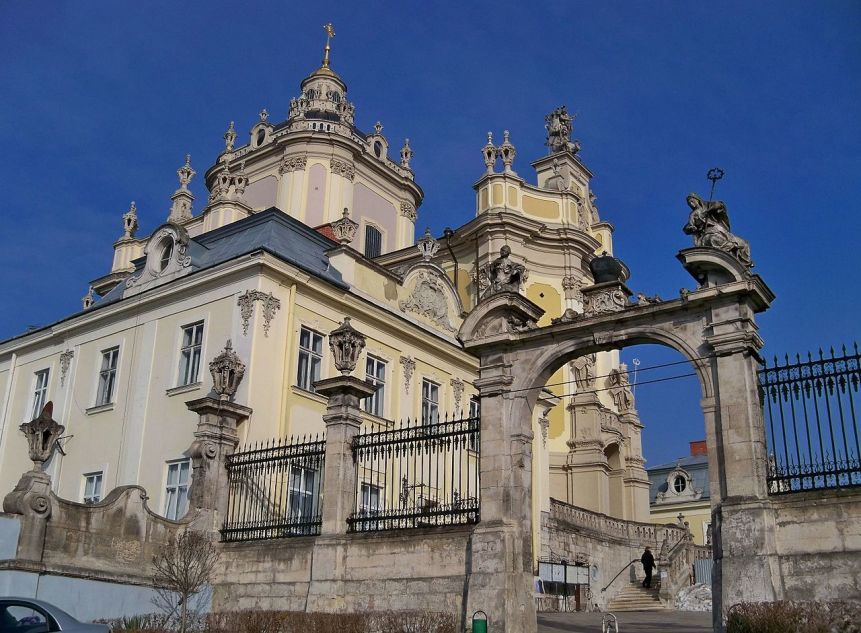On 8-10 March, a council of the Ukrainian Greek Catholic Church (UGCC) was held in Lviv. Hierarchs and laymen from three dioceses participated in the council from the eparchies of Lviv, Sambir-Drohobych, and Stanislav. By the decision of the cathedral, the UGCC ceased to exist and merged with the Russian Orthodox Church.
Some of the priests of the UGCC, as well as the Vatican, did not recognise the council and its decisions since the event was organised by the Kremlin and was originally intended to destroy the Uniate Church. The USSR accused the Vatican of sympathising with the Nazis, while there were more than four million people united in a church that was subordinate to the Roman pontiff on the territory of the USSR. An important factor was that Uniates predominated among the militants of the Ukrainian Insurgent Army.
The Lviv Сouncil abolished the Union of Brest of 1596. At the time, it was also a purely political act with no specific religious grounds. It was initiated by the Polish-Lithuanian Commonwealth, which had gained Western Ukrainian lands; its goal was to bring the clergy and believers away from the Moscow Patriarchate: the rituals remained the same, but new church institutions subordinate to the Pope were established. Joining “the union” was the only opportunity for Western Ukrainian Orthodox Christians of the 16th century to preserve their religious life.
The decisions of the Lviv Council of 1946 were supported by 997 out of 1,270 Greek Catholic priests in Western Ukraine, dozens of priests were repressed, and the rest of them went underground.
In early 1990, after a meeting between Soviet President Mikhail Gorbachev and Pope John Paul II, the ban on the creation of Greek Catholic communities was lifted. The majority of the churches of the UGCC that had passed to the Moscow Patriarchate in 1946 returned to being Greek Catholics. Today the number of believers belonging to the UGCC has almost reached five million people.
Source:
On the question of the role of the hierarchy and clergy of the Russian Orthodox Church in the campaign of disestablishment of the Ukrainian Greek Catholic Church in 1945-1949 // Bulletin of the Orthodox St. Tikhon Humanitarian University. Series 2: History. History of the Russian Orthodox Church. – 2012. – No. 46
























